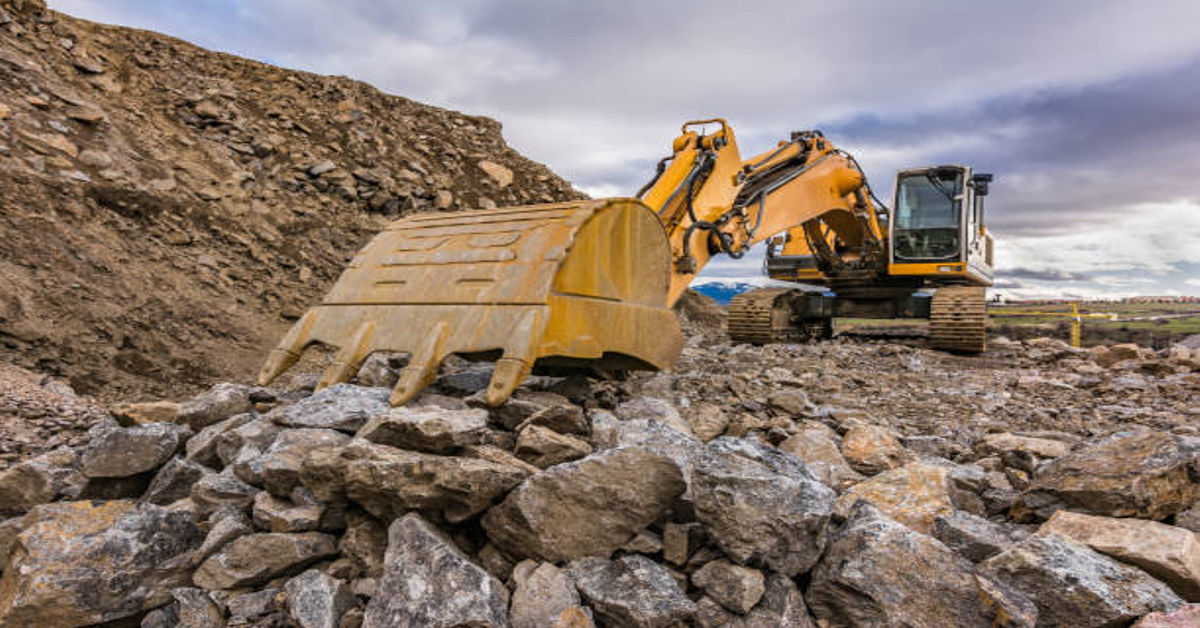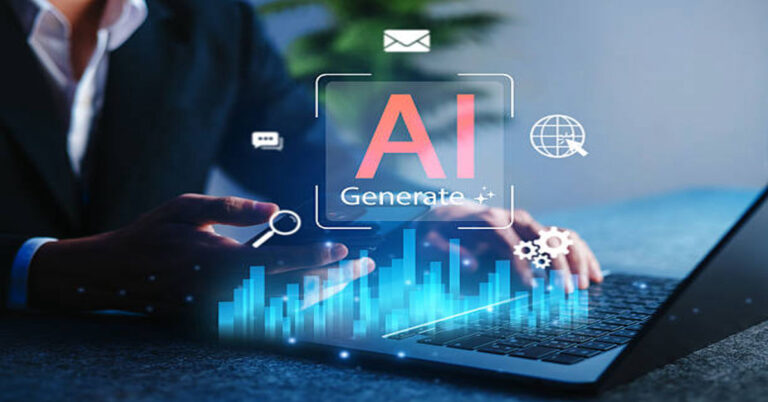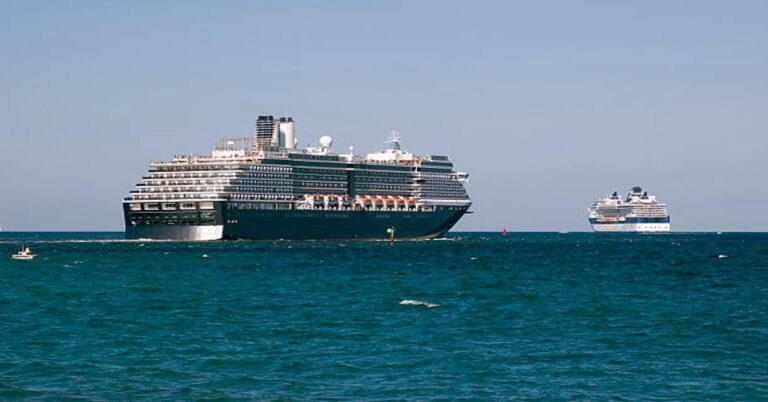
Minería, or mining, is the process of extracting valuable minerals, metals, and geological materials from the Earth. These materials are fundamental to modern civilization, including construction, energy production, electronics, and transportation industries. Mining is a complex and multidisciplinary activity that involves geology, engineering, environmental science, economics, and labor management. Its purpose ranges from extracting precious metals like gold and silver to industrial minerals such as limestone, coal, and copper.
The mining process involves exploration, extraction, processing, and reclamation. Over centuries, mining has evolved from simple manual labor to sophisticated operations involving high-tech machinery, safety protocols, and environmental management systems. In modern times, mining is not only a source of raw materials but also a key driver of economic development, technological innovation, and employment in many regions worldwide.
This article provides a comprehensive overview of minería, including its types, techniques, equipment, environmental considerations, economic significance, health and safety practices, and sustainable approaches.
History and Evolution of Minería
Mining has a rich history that dates back thousands of years. Ancient civilizations used mining to extract metals for tools, ornaments, and coins.
Historical Milestones:
| Period | Mining Development | Significance |
|---|---|---|
| Ancient Civilizations (4000–1000 BCE) | Mining of copper, gold, and tin | Enabled tool-making, jewelry, and early trade |
| Roman Empire | Systematic extraction of silver, iron, and lead | Advanced techniques in underground mining and water management |
| Middle Ages | Expansion of mining in Europe | Introduction of mining guilds, ore processing methods |
| Industrial Revolution (18th–19th century) | Mechanization with steam engines and rail transport | Large-scale extraction, coal for energy, and iron for infrastructure |
| 20th Century | Introduction of explosives, mechanized equipment | Improved efficiency, depth, and safety in mining |
| 21st Century | Automated and sustainable mining practices | Integration of robotics, sensors, and environmental management |
The history of minería reflects the continuous interplay between technological progress, economic demand, and environmental awareness. Mining has always influenced societal development, from fueling empires to powering industrial economies.
Types of Minería
Mining can be classified into several types depending on the methods used, the materials extracted, and the environmental setting. Broadly, minería is divided into surface mining, underground mining, placer mining, and in-situ mining.
1. Surface Mining
Surface mining involves removing layers of soil and rock to access minerals near the Earth’s surface. It is widely used for coal, iron, copper, and aluminum extraction.
- Open-pit Mining: Large pits are dug to extract ores. Commonly used for copper, gold, and iron.
- Strip Mining: Layers of soil and rock are removed sequentially to extract coal or lignite.
- Mountaintop Removal: Peaks are blasted to access coal seams, predominantly in Appalachia, USA.
Advantages: Cost-effective, easy access to large deposits, safer for workers compared to underground mining.
Disadvantages: Significant environmental disruption, deforestation, and erosion.
2. Underground Mining
Underground Minería is employed when mineral deposits are deep below the surface. It involves constructing tunnels, shafts, and chambers.
- Room and Pillar Mining: Pillars of ore are left to support the roof while surrounding ore is extracted. Common for coal and salt.
- Block Caving: Large underground blocks collapse under gravity to extract ore efficiently.
- Cut and Fill Mining: Ore is removed in horizontal slices with backfilling for safety.
Advantages: Less surface disruption, access to deep deposits, lower visual environmental impact.
Disadvantages: High cost, higher safety risks, ventilation and water management challenges.
3. Placer Mining
Placer mining extracts minerals from sediments in riverbeds, beaches, or alluvial deposits. It is particularly used for gold, diamonds, and gemstones.
- Panning: Manual separation of heavy minerals using water and pans.
- Sluicing: Water channels are used to separate heavy minerals from sediment.
- Dredging: Large-scale removal of sediment using floating machinery.
Advantages: Minimal equipment required, low initial investment, suitable for artisanal miners.
Disadvantages: Limited yield, environmental sediment disruption, and water pollution risk.
4. In-Situ Mining
In-situ mining involves extracting minerals without physically removing the ore from the ground. Chemicals are used to dissolve the mineral and then pump it to the surface.
Advantages: Minimal surface disruption, efficient for soluble ores like uranium and potash.
Disadvantages: Risk of groundwater contamination, requires precise chemical handling.
Key Equipment in Minería
Mining operations rely on advanced machinery and technology to maximize efficiency and safety. Equipment varies depending on the mining type and materials.
| Equipment | Use | Key Features |
|---|---|---|
| Excavators | Digging and moving soil or ore | Hydraulic systems, large buckets, tracks |
| Drills | Creating holes for explosives | Rotary, percussion, or diamond-tipped |
| Crushers | Breaking large rocks into smaller pieces | Jaw, cone, or impact crushers |
| Conveyors | Transporting ore and waste | Belt or screw conveyors, adjustable lengths |
| Loaders | Moving ore and materials | Wheel or track loaders, high capacity |
| Ventilation Systems | Air circulation in underground mines | Fans, ducts, monitoring sensors |
| Pumps | Water removal | Submersible and centrifugal pumps |
| Safety Gear | Protection for workers | Helmets, respirators, reflective clothing |
Technological advancements such as automated loaders, GPS-guided trucks, and drone surveying have greatly enhanced efficiency and reduced human risk in modern mining operations.
Mining Process
The mining process involves several stages from exploration to reclamation.
1. Exploration and Surveying
Exploration identifies mineral-rich areas using geological surveys, drilling samples, and geochemical analysis. Modern methods include satellite imaging, geophysical sensors, and GIS mapping.
2. Extraction
Extraction techniques vary depending on mining type. Surface mining removes overburden and exposes ore, while underground mining constructs shafts and tunnels. Placer and in-situ mining use specialized sediment separation and chemical leaching, respectively.
3. Processing
Ore is processed to extract the target mineral. Techniques include crushing, grinding, flotation, leaching, and smelting. Processing efficiency directly impacts economic viability.
4. Reclamation and Rehabilitation
Modern mining emphasizes post-extraction reclamation. Land is restored to reduce environmental impact, prevent erosion, and rehabilitate ecosystems. Reclamation may involve planting vegetation, contouring land, and ensuring water quality.
Environmental Impact of Minería
Mining has profound environmental implications, making sustainable practices crucial.
| Impact | Description | Mitigation |
|---|---|---|
| Deforestation | Clearing land for surface mining | Reforestation, reduced footprint operations |
| Water Pollution | Contamination from chemicals or sediments | Treatment plants, chemical neutralization |
| Air Pollution | Dust, emissions from machinery | Dust suppression, emission controls |
| Soil Erosion | Topsoil removal and instability | Contour management, retaining walls |
| Biodiversity Loss | Habitat destruction | Environmental impact assessments, habitat restoration |
Responsible mining integrates technology, regulation compliance, and environmental awareness to minimize negative consequences.
Health and Safety in Mining
Mining is inherently hazardous, but strict safety measures reduce risk.
- Personal Protective Equipment (PPE): Helmets, respirators, gloves, and reflective clothing.
- Ventilation: Prevents accumulation of toxic gases in underground mines.
- Regular Inspections: Monitoring machinery, structural integrity, and hazardous zones.
- Emergency Protocols: Evacuation plans, first aid, and fire safety measures.
- Training Programs: Educating workers on safe handling, hazard recognition, and emergency response.
Economic Significance of Minería
Mining is a critical driver of economic growth worldwide. It generates employment, supplies raw materials for industries, and contributes to national income through exports. Precious metals, industrial minerals, and energy resources are vital for construction, electronics, transportation, and energy production. Countries rich in mineral deposits often develop specialized infrastructure and regulatory frameworks to manage this sector effectively.
Sustainable Minería Practices
Sustainability in mining emphasizes environmental protection, community engagement, and long-term resource management. Key strategies include:
- Reduced Water Consumption: Recycling and efficient usage in processing plants.
- Energy Efficiency: Use of renewable energy and optimized machinery.
- Waste Management: Proper disposal and recycling of tailings and waste rock.
- Community Collaboration: Involving local communities in planning and benefit-sharing.
- Eco-friendly Extraction Techniques: Adoption of chemical-free or low-impact methods.
Sustainable mining ensures the sector continues to meet economic demands while protecting ecosystems and social welfare.
Table: Comparison of Mining Types
| Mining Type | Depth/Scale | Equipment | Environmental Impact | Common Materials |
|---|---|---|---|---|
| Surface | Shallow, large area | Excavators, trucks | High | Coal, copper, iron |
| Underground | Deep, confined | Drills, loaders, ventilation | Moderate | Gold, silver, zinc |
| Placer | Riverbeds, sediments | Pans, sluices, dredges | Low-moderate | Gold, gems |
| In-situ | Deep soluble deposits | Pumps, chemical leaching | Low-moderate | Uranium, potash |
Conclusion
Minería is a cornerstone of modern civilization, providing essential resources for industry, technology, and energy. Its evolution from ancient manual techniques to highly mechanized, sustainable operations demonstrates its ongoing relevance and adaptability. Understanding the types, processes, equipment, environmental considerations, and economic implications of mining is crucial for professionals, policymakers, and communities. By adopting sustainable and responsible practices, minería can continue to meet human needs while minimizing environmental and social impacts, ensuring long-term benefits for both society and the planet.
FAQs
1. What is minería?
Minería is the extraction of minerals, metals, and geological materials from the Earth for industrial and economic purposes.
2. What are the main types of mining?
Surface, underground, placer, and in-situ mining are the primary types, each with unique techniques and equipment.
3. How does mining affect the environment?
Mining can cause deforestation, water pollution, soil erosion, air pollution, and biodiversity loss if not managed responsibly.
4. What safety measures are essential in mining?
PPE, ventilation, emergency protocols, regular inspections, and worker training are critical to ensure safety.
5. How can mining be sustainable?
Sustainable mining uses eco-friendly techniques, energy and water efficiency, waste management, and community engagement.







